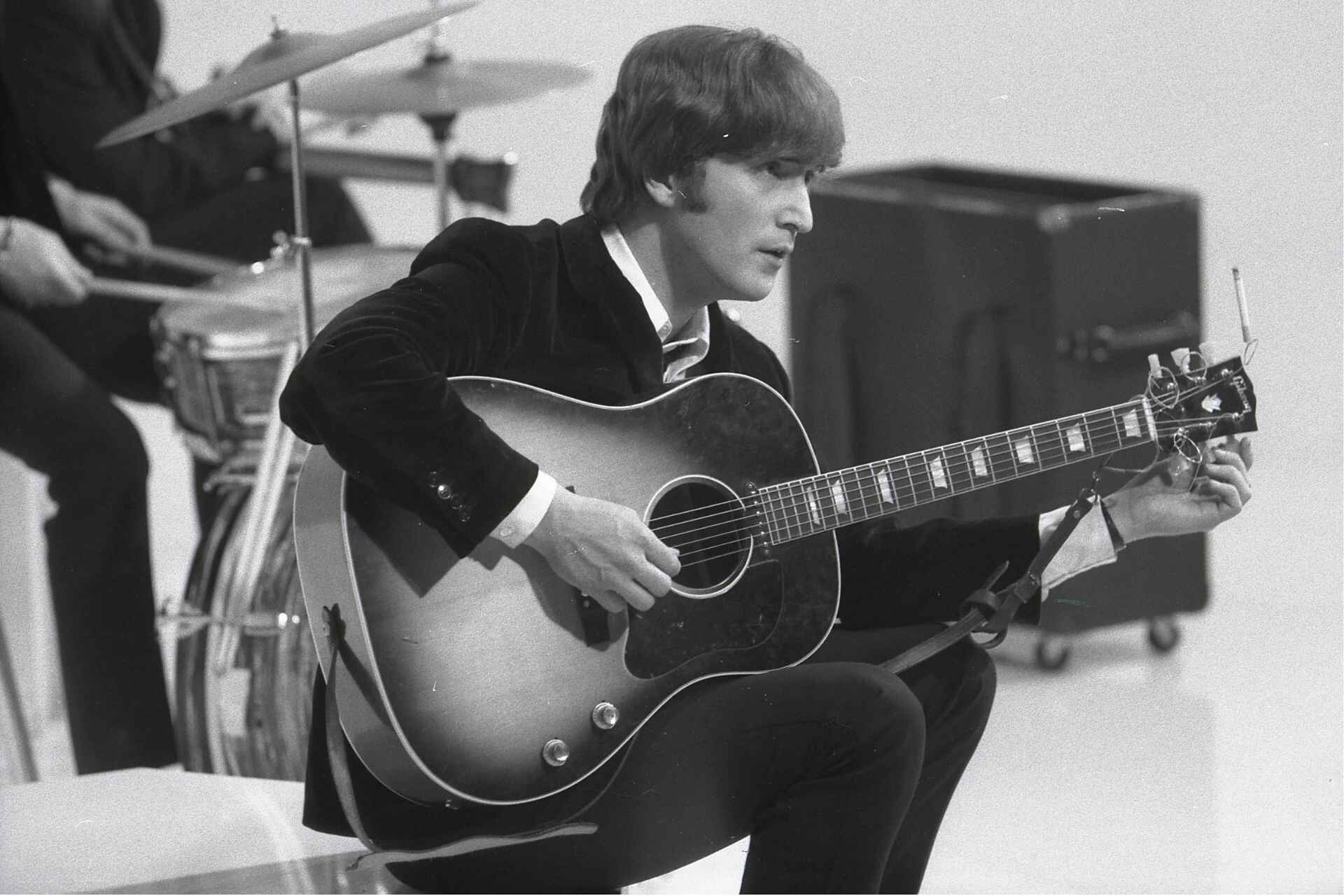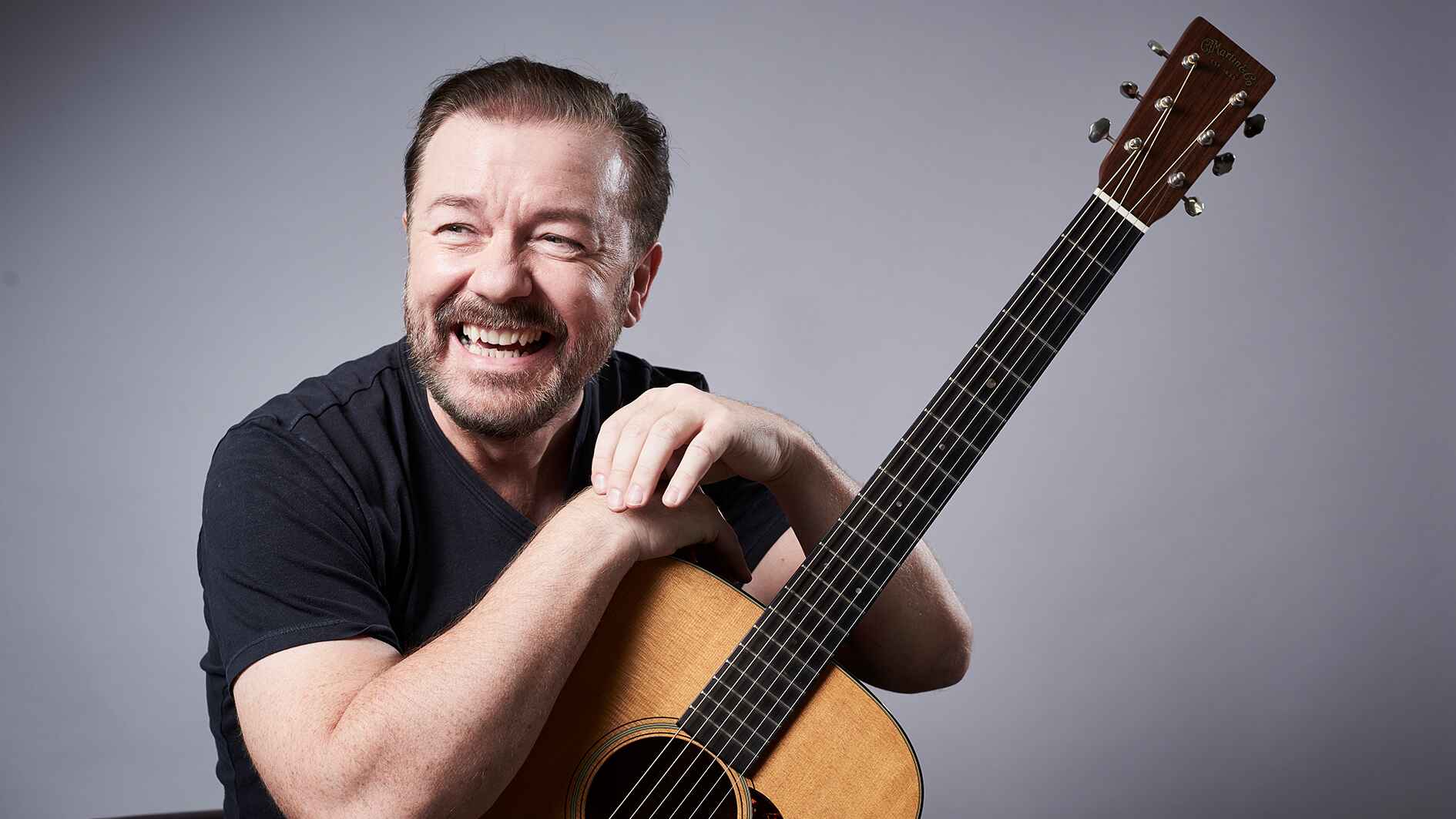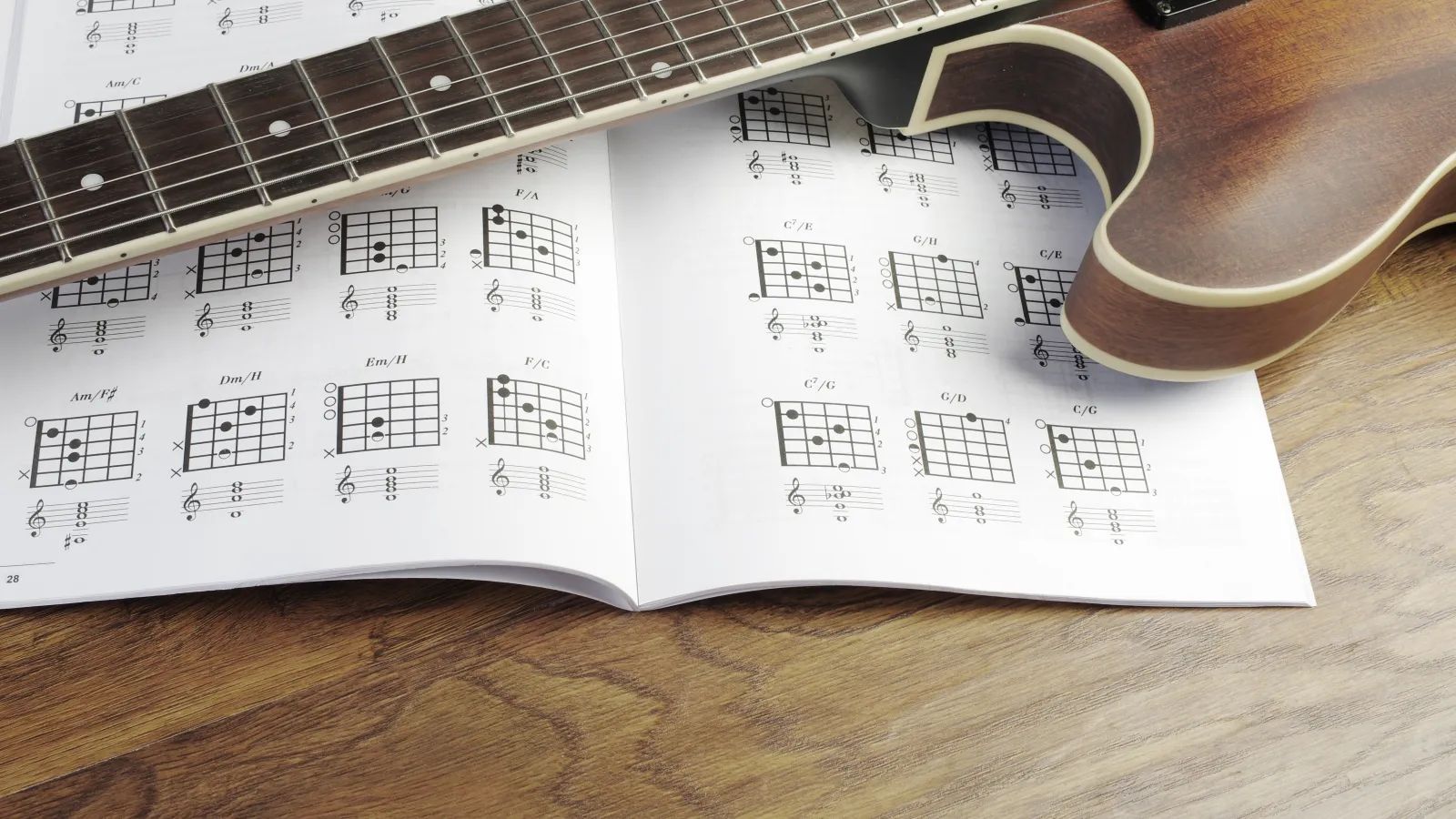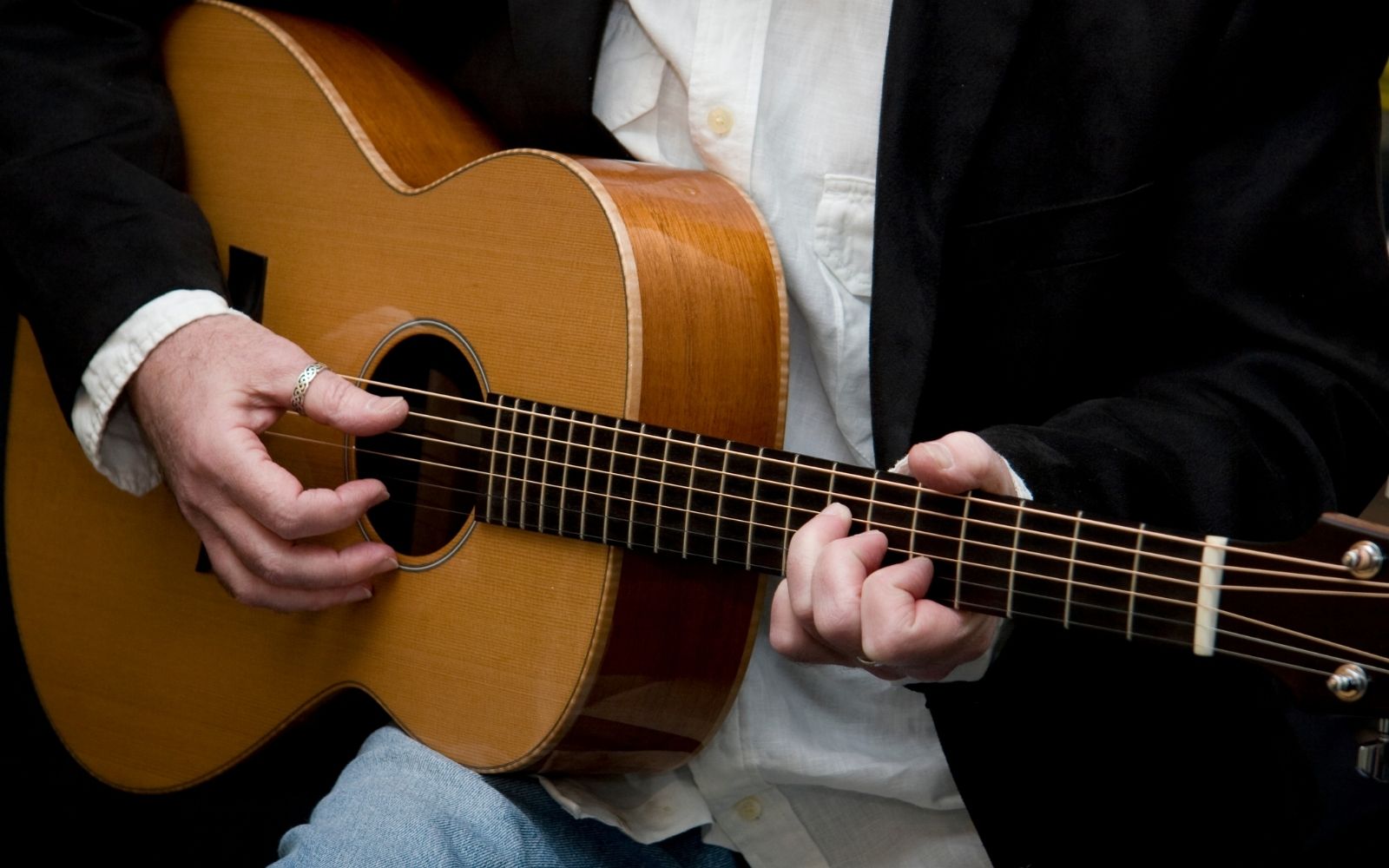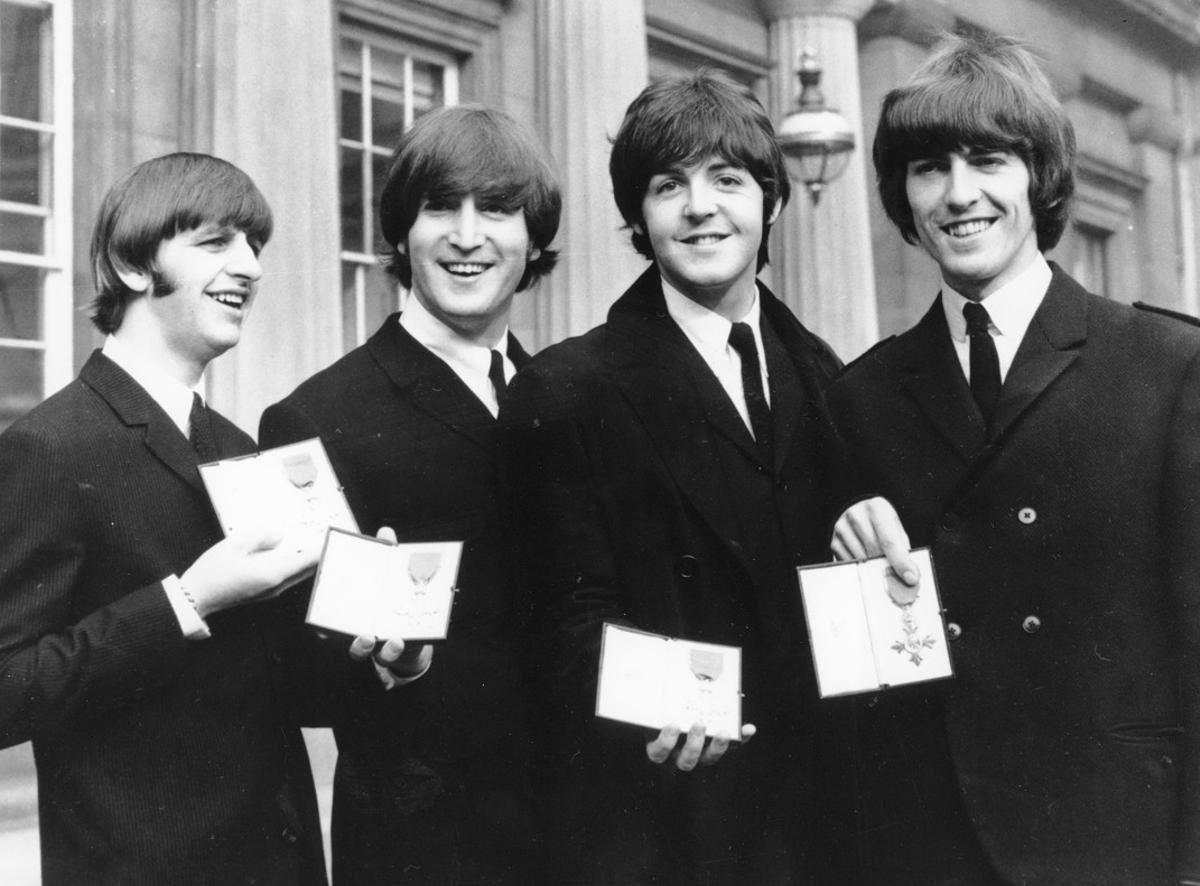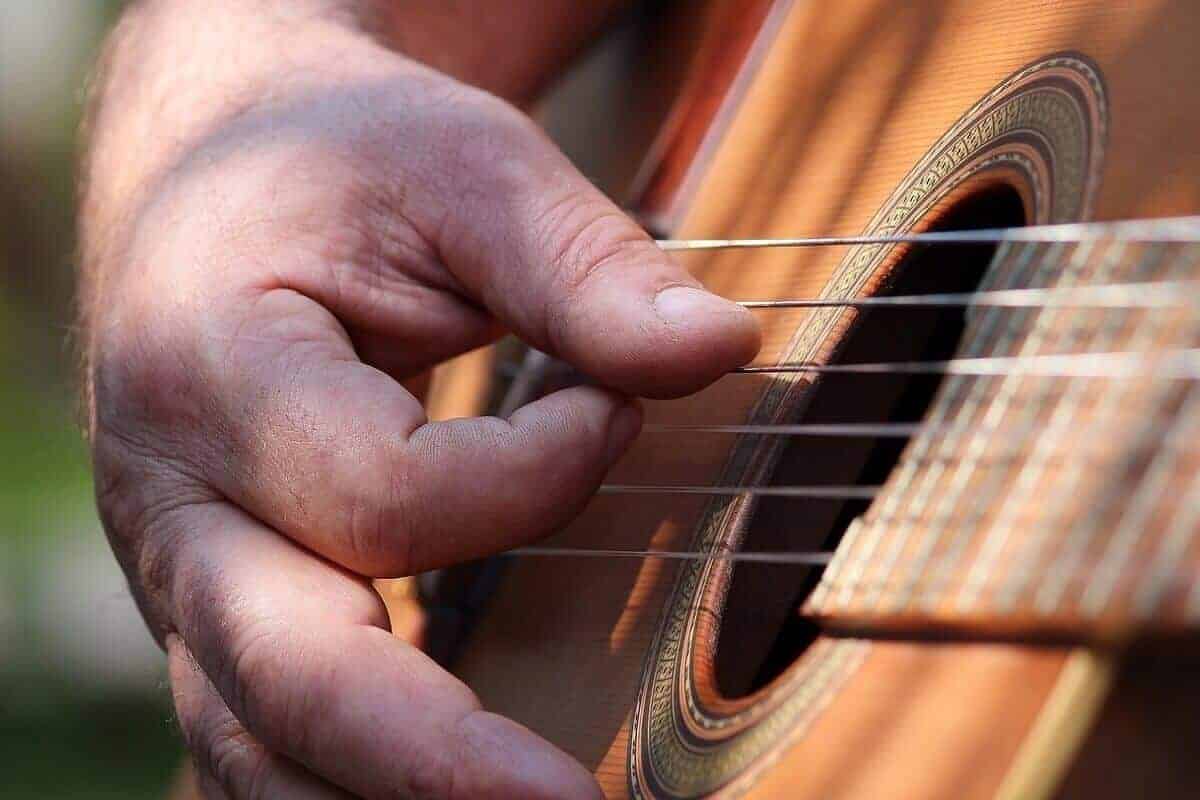Introduction
Are you a fan of The Beatles and eager to learn how to play their iconic songs on an electric guitar? Whether you're a novice or an experienced guitarist, delving into the timeless melodies of The Beatles can be a rewarding and enjoyable experience. From the infectious riffs of "Day Tripper" to the soulful chords of "Let It Be," the band's repertoire offers a diverse range of styles and techniques to explore.
In this guide, we'll embark on a musical journey through the world of Beatles songs on the electric guitar. You'll discover the essential steps to master their classic tunes, from choosing the right guitar and gear to understanding the chord progressions, mastering rhythm and strumming patterns, and learning the lead guitar parts. Moreover, we'll explore how you can infuse your own flair and style into these timeless melodies, allowing you to express your creativity while honoring the spirit of The Beatles' music.
Whether you're aiming to replicate the original recordings faithfully or reinterpret the songs with your unique interpretation, this guide will equip you with the knowledge and techniques to bring The Beatles' music to life on your electric guitar. So, grab your guitar, unleash your passion for music, and let's dive into the enchanting world of playing Beatles songs on the electric guitar.
Choosing the Right Guitar and Gear
Before embarking on your Beatles guitar journey, it’s essential to ensure that you have the right equipment to capture the authentic sound and feel of the band’s music. The electric guitar you choose will significantly influence your ability to replicate the tones and nuances of The Beatles’ songs. While the band used various guitars throughout their career, certain models are synonymous with their iconic sound.
One of the most emblematic guitars associated with The Beatles is the Rickenbacker 360/12, famously wielded by George Harrison on tracks like “A Hard Day’s Night” and “Ticket to Ride.” Its jangly, chiming tone is quintessentially Beatlesque and is a popular choice for guitarists aiming to emulate the band’s sound. Additionally, the Gretsch Duo Jet, favored by George Harrison and John Lennon, delivers a rich, warm tone ideal for capturing the essence of many Beatles classics.
When it comes to amplification, tube amplifiers are often preferred for their ability to produce the warm, vintage tones reminiscent of The Beatles’ recordings. Consider investing in a tube amp with a clean, chime-like sound to faithfully reproduce the sonic character of the band’s music. Effects pedals such as chorus, compression, and reverb can also enhance your ability to recreate the lush, atmospheric textures present in many Beatles songs.
While acquiring the exact instruments and gear used by The Beatles may not be feasible for every guitarist, modern replicas and alternatives can closely approximate the iconic tones associated with the band. Whether you opt for vintage-inspired gear or contemporary equivalents, selecting equipment that aligns with The Beatles’ sonic palette will greatly enhance your ability to capture the essence of their music.
By carefully selecting the right guitar and gear, you’ll be better equipped to embark on your Beatles guitar journey with the tools necessary to authentically recreate the band’s timeless sound.
Understanding the Chord Progressions
Delving into the chord progressions of Beatles songs is a fascinating exploration of the band’s harmonic ingenuity. The Beatles’ repertoire is renowned for its rich and diverse chord structures, showcasing a blend of traditional and innovative progressions that have captivated audiences for decades.
Many Beatles compositions feature sophisticated chord progressions that transcend the conventional boundaries of popular music. From the bittersweet melancholy of “Yesterday” to the whimsical charm of “Penny Lane,” the band’s songs often incorporate unexpected chord changes and modal interplay, adding depth and emotional resonance to their music.
One hallmark of The Beatles’ chordal approach is their adept use of extended and altered chords, such as major 7ths, minor 7ths, and suspended chords, which contribute to the lush and evocative textures present in their songs. Additionally, their willingness to experiment with non-standard chord voicings and inversions imbues their music with a distinct harmonic character that continues to inspire musicians and songwriters.
Studying the chord progressions of Beatles songs offers valuable insights into the art of songwriting and harmonic innovation. As you dissect and analyze the chord sequences employed in their music, you’ll gain a deeper appreciation for the band’s compositional prowess and the creative choices that underpin their enduring appeal.
Equipping yourself with an understanding of The Beatles’ chord progressions will not only enrich your guitar playing but also provide a foundation for interpreting and arranging their songs in your unique style. By unraveling the harmonic intricacies woven into their music, you’ll be poised to embark on a fulfilling musical journey that celebrates the genius of The Beatles’ songwriting.
Mastering the Rhythm and Strumming Patterns
Mastering the rhythm and strumming patterns prevalent in Beatles songs is pivotal to capturing the infectious energy and groove that define their music. The band’s catalog encompasses a wide array of rhythmic styles, from the driving backbeat of “I Saw Her Standing There” to the lilting, swaying feel of “Norwegian Wood.” Understanding and internalizing these rhythmic nuances will elevate your ability to authentically interpret their songs on the electric guitar.
When approaching Beatles rhythms, it’s essential to pay close attention to the interaction between the guitar and other instruments, particularly the drums and bass. The interlocking patterns and syncopated accents characteristic of many Beatles compositions create a dynamic rhythmic tapestry that propels the music forward and infuses it with vitality.
Furthermore, familiarizing yourself with the diverse strumming patterns employed by The Beatles will enrich your guitar playing repertoire. From the spirited, up-tempo strumming in “Twist and Shout” to the nuanced, arpeggiated patterns in “Blackbird,” each song presents an opportunity to hone your rhythmic dexterity and precision.
As you immerse yourself in the rhythmic intricacies of Beatles songs, don’t hesitate to experiment with variations and embellishments to infuse your renditions with personality and flair. While staying faithful to the foundational rhythm is crucial, incorporating subtle nuances and rhythmic embellishments can add depth and character to your interpretations.
Ultimately, mastering the rhythm and strumming patterns of Beatles songs is a gratifying endeavor that will enhance your musicality and expand your rhythmic vocabulary as a guitarist. By internalizing the infectious grooves and dynamic rhythms present in their music, you’ll be well-equipped to infuse your performances with the unmistakable spirit and energy that define The Beatles’ timeless sound.
Learning the Lead Guitar Parts
Exploring the lead guitar parts of Beatles songs unveils a treasure trove of captivating melodies, inventive phrasing, and emotive expression. The band’s discography is replete with iconic guitar solos and melodic motifs that have left an indelible mark on the world of popular music. From the searing, blues-inflected solo in “While My Guitar Gently Weeps” to the exuberant, sing-along riffs in “Can’t Buy Me Love,” the lead guitar work in Beatles songs encompasses a diverse range of styles and techniques.
When delving into Beatles lead guitar parts, it’s essential to pay attention to the nuances of phrasing, dynamics, and tonal expression. George Harrison’s melodic sensibility and inventive use of slides, bends, and vibrato are exemplified in solos like “Something” and “Here Comes the Sun,” showcasing the emotive power and lyrical quality of his playing.
Furthermore, John Lennon’s and George Harrison’s adept use of double-tracked lead guitar parts, as heard in songs like “And Your Bird Can Sing” and “I Feel Fine,” introduced innovative approaches to layering and harmonizing melodies, expanding the sonic possibilities of the electric guitar in popular music.
As you immerse yourself in learning Beatles lead guitar parts, take the opportunity to internalize the nuances of each solo and riff, paying close attention to articulation, timing, and note selection. Emulating the expressive qualities of the original recordings while infusing your interpretations with personal touches will enable you to honor the spirit of the band’s music while showcasing your individuality as a guitarist.
By mastering the lead guitar parts of Beatles songs, you’ll not only expand your technical proficiency but also gain valuable insights into the art of crafting memorable, emotive guitar melodies. Embracing the melodic richness and expressive potential of their lead guitar work will empower you to imbue your playing with the timeless charm and innovation that epitomize The Beatles’ musical legacy.
Adding Your Own Flair and Style
While faithfully learning and performing Beatles songs on the electric guitar is a gratifying endeavor, infusing your own flair and style into the music can elevate your renditions to new heights of creativity and personal expression. The Beatles’ music provides a fertile ground for artistic interpretation, inviting guitarists to imbue their performances with individuality while honoring the essence of the original compositions.
One approach to adding personal flair is to experiment with alternate chord voicings, embellishments, and variations that complement your unique musical sensibilities. Whether it’s incorporating subtle fingerstyle embellishments into a ballad like “In My Life” or infusing a rock-oriented track like “Revolution” with dynamic, overdriven textures, embracing creative liberties can imbue the music with fresh vitality and resonance.
Furthermore, exploring improvisational opportunities within Beatles songs can be a captivating avenue for self-expression. Whether through crafting spontaneous solos that resonate with your musical voice or infusing melodic variations into familiar themes, improvisation empowers you to engage in a dynamic dialogue with the music, adding an element of spontaneity and inventiveness to your performances.
Additionally, integrating your own vocal interpretations or collaborating with fellow musicians to create unique arrangements can breathe new life into Beatles classics. By exploring harmonization, vocal phrasing, and collaborative instrumental interplay, you can craft renditions that honor the spirit of the original compositions while showcasing your artistic synergy and creative vision.
Ultimately, adding your own flair and style to Beatles songs on the electric guitar is a celebration of artistic freedom and self-expression. Embracing the boundless possibilities for reinterpretation and personalization within their music enables you to embark on a transformative musical journey, where the timeless allure of The Beatles’ songs converges with your individuality as a guitarist and performer.
Conclusion
Embarking on the journey of playing Beatles songs on the electric guitar is a captivating odyssey that invites you to immerse yourself in the timeless artistry and innovation of one of the greatest bands in musical history. As you navigate the intricacies of their iconic repertoire, you’ll discover a wealth of opportunities to hone your technical prowess, deepen your musical understanding, and infuse your performances with creativity and personal flair.
From the infectious rhythms and evocative chord progressions to the soul-stirring lead guitar parts, each facet of The Beatles’ music offers a rich tapestry of inspiration and artistic exploration. By delving into the nuances of their songs, you not only pay homage to the band’s enduring legacy but also cultivate your own musical identity as a guitarist.
Moreover, the process of interpreting and reimagining Beatles songs on the electric guitar fosters a profound connection to the band’s creative spirit, allowing you to engage in a dialogue with their music while leaving an indelible imprint of your unique artistic sensibilities. Whether you choose to faithfully recreate the band’s sonic tapestries or embark on ventures of reinterpretation and improvisation, the journey of playing Beatles songs on the electric guitar is a testament to the enduring power and versatility of their music.
As you continue to explore and expand your repertoire of Beatles songs, remember that each rendition is an opportunity to channel your passion, creativity, and musical intuition, infusing the music with your personal narrative and artistic voice. The timeless allure of The Beatles’ music converges with your individuality as a guitarist, creating a harmonious synergy that resonates with audiences and fellow enthusiasts alike.
So, pick up your guitar, delve into the enchanting world of Beatles songs, and let your musical journey be a celebration of creativity, expression, and the enduring legacy of one of the most influential bands in the history of popular music.









